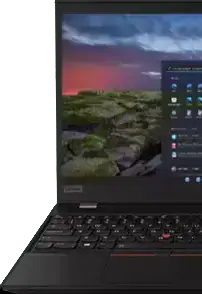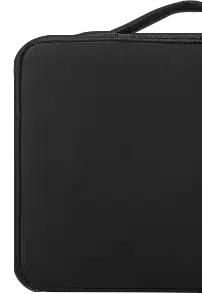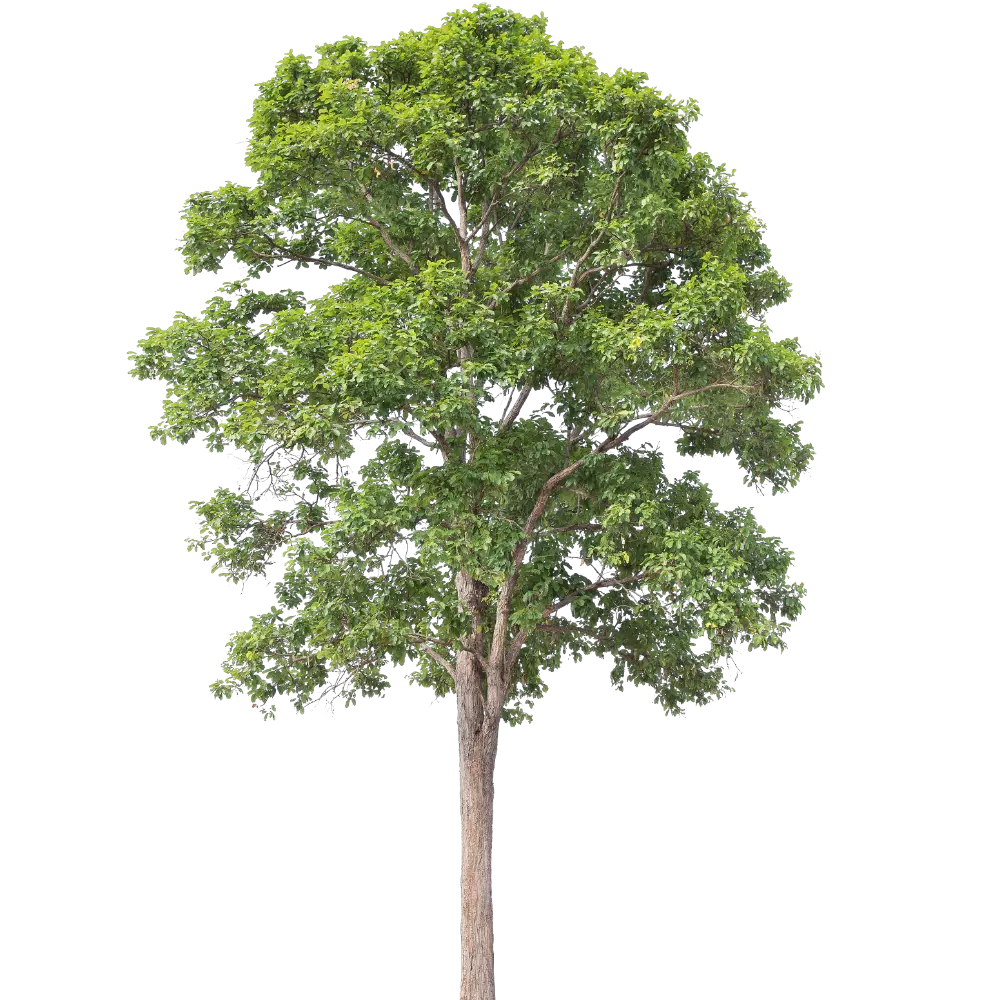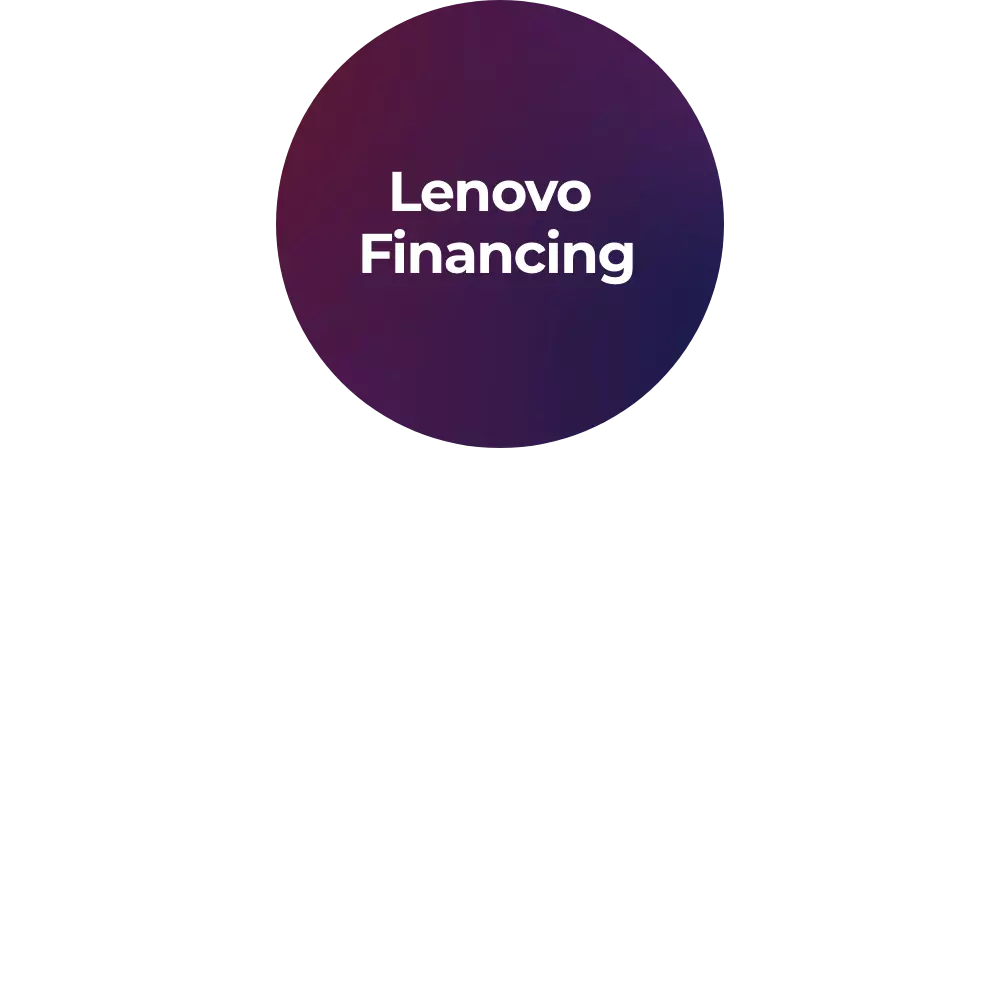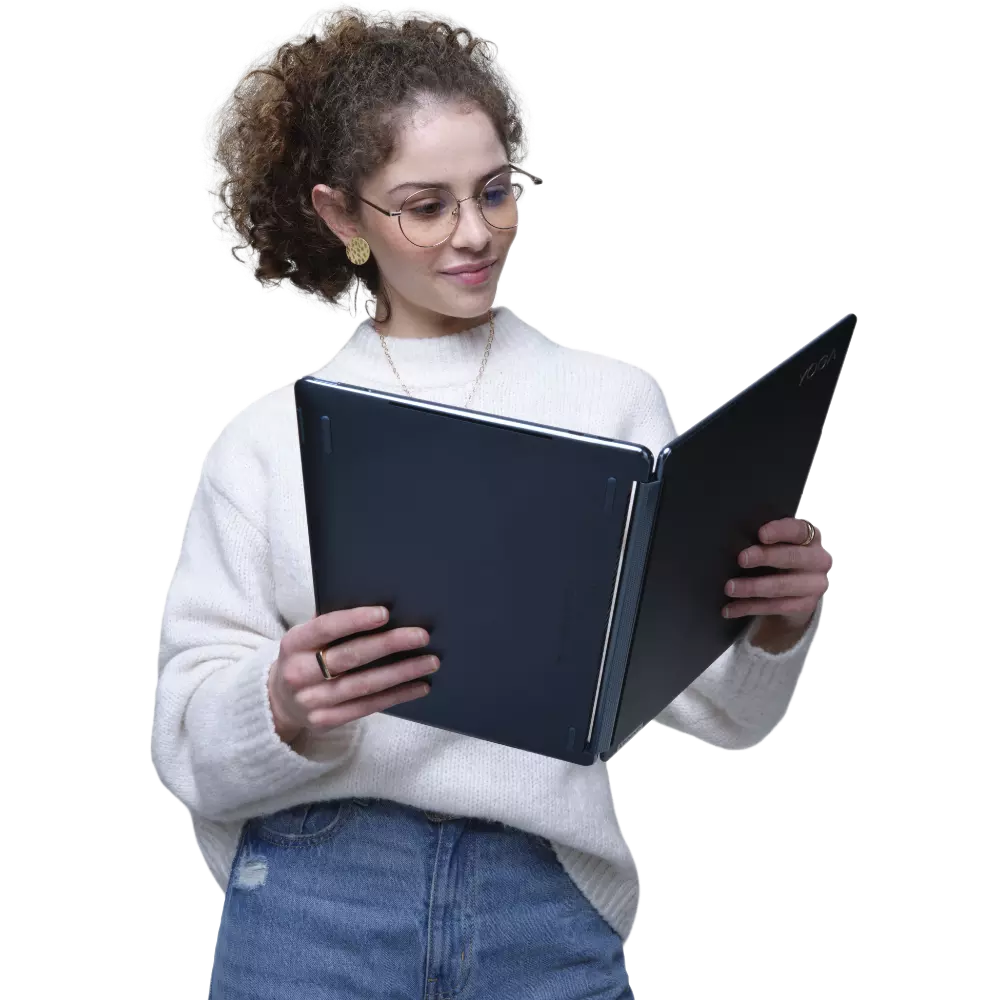What is back-face culling?
Back-face culling is a graphics optimization technique used to enhance rendering efficiency in 3D computer graphics. In a typical 3D scene, objects consist of polygons with front and back faces. Back-face culling works by discarding polygons whose back faces are not visible to the viewer. By ignoring these invisible faces during rendering, computational resources are conserved, resulting in faster rendering times and improved performance. This technique is particularly valuable in real-time rendering applications such as video games, where maintaining a high frame rate is essential for a smooth and responsive user experience. Back-face culling is a standard feature in modern graphics pipelines and APIs.
Why is back-face culling important in 3D graphics?
Back-face culling is crucial in 3D graphics for enhanced rendering efficiency. By selectively omitting the rendering of non-visible surfaces, it optimizes computational resources, leading to faster rendering times and smoother graphics. This not only improves overall performance but also ensures a seamless and immersive user experience. Incorporating back-face culling is a key strategy in 3D graphics development, especially in applications like gaming and simulations, where responsiveness and visual quality are paramount for a satisfying user interaction.
How does back-face culling work?
Back-face culling relies on the order of vertices in a 3D object's face. The graphics pipeline determines the orientation of each face by analyzing the order of its vertices. Faces are considered front-facing or back-facing based on their vertex order. Back-face culling then discards the back-facing faces during rendering, enhancing performance without sacrificing visual quality.
Can back-face culling be controlled or customized?
Yes, back-face culling can be controlled and customized in many graphics' application program interfaces (APIs). You can typically enable or disable it based on your specific rendering needs. Additionally, some APIs allow you to define the culling mode, specifying whether front-facing or back-facing polygons should be culled. This flexibility gives you greater control over the rendering process.
What are the benefits of using back-face culling?
The primary benefit of back-face culling is improved rendering performance. By skipping the rendering of non-visible faces, you reduce the computational workload, resulting in faster frame rates and a more responsive user experience. This optimization is particularly valuable in real-time applications like video games and simulations.
Does back-face culling affect the visual quality of rendered images?
No, back-face culling does not impact the visual quality of rendered images. Since it only eliminates faces that are not visible to the viewer, the final image appears the same as if all faces were rendered. The technique enhances efficiency without sacrificing the integrity of the 3D model's appearance.
When is back-face culling not suitable?
Back-face culling may not be suitable for transparent or see-through objects. Since these objects have visible front and back faces, culling either could lead to undesirable visual artifacts. In such cases, developers often need to implement additional techniques or adjust rendering settings to ensure accurate representation.
Could back-face culling be used in virtual reality (VR) applications?
Yes, back-face culling is beneficial in VR applications. VR places a high demand on graphics performance due to the need for low latency and high frame rates. Implementing back-face culling in VR environments helps maintain a smooth and immersive experience by reducing the rendering workload, which is crucial for preventing motion sickness and enhancing overall user comfort.
What role does back-face culling play in game development?
In game development, back-face culling is a valuable optimization technique. Games often involve rendering complex scenes with numerous 3D objects. By implementing back-face culling, developers can significantly improve the game's performance, allowing for more detailed and visually appealing graphics without sacrificing playability.
Can back-face culling be used in combination with other rendering techniques?
Yes, back-face culling is often used in conjunction with other rendering techniques to achieve optimal results. Techniques like frustum culling, level-of-detail rendering, and occlusion culling complement back-face culling by further reducing the rendering workload and ensuring that only necessary elements are processed.
How does back-face culling contribute to a better user experience?
Back-face culling contributes to a better user experience by enhancing the overall performance of graphical applications. Whether in gaming, virtual reality, or other 3D environments, the optimized rendering provided by back-face culling results in smoother interactions, faster response times, and an overall more enjoyable user experience.
How does back-face culling impact mobile or low-power devices?
Back-face culling is especially beneficial for mobile or low-power devices with limited graphical processing capabilities. By reducing unnecessary computations, it helps these devices achieve smoother graphics and improved battery efficiency, making it a valuable technique for mobile gaming and other graphics-intensive applications.
How does back-face culling contribute to augmented reality (AR) applications?
In AR applications, where virtual objects interact with the real world, rendering efficiency is crucial. Back-face culling plays a vital role in optimizing AR graphics, ensuring that virtual objects seamlessly integrate with the real environment. This contributes to a more immersive and realistic AR experience for users.
Can back-face culling be utilized in architectural or 3D modeling software?
Yes, back-face culling is widely used in architectural and 3D modeling software to enhance the rendering of intricate models. By selectively rendering only the visible faces, these applications achieve smoother real-time previews and responsive interactions, allowing designers and architects to work more efficiently with complex 3D designs.
How does back-face culling relate to the overall efficiency of rendering engines?
Back-face culling is a key component in the arsenal of rendering optimization techniques. When integrated into rendering engines, it significantly contributes to overall efficiency by reducing unnecessary computations. This results in faster frame rates, lower resource utilization, and ultimately a more responsive and efficient rendering process.
How does back-face culling contribute to the development of interactive 3D web content?
In the realm of interactive 3D web content, back-face culling plays a crucial role in delivering engaging experiences. By optimizing the rendering of 3D elements, websites can provide users with interactive and visually appealing content without sacrificing performance. This is particularly important as web technologies continue to evolve, enabling richer and more immersive online experiences.
How does back-face culling contribute to energy efficiency in graphics processing units (GPUs)?
Back-face culling significantly contributes to energy efficiency in GPUs by reducing the workload associated with rendering non-visible faces. Since GPUs consume less power when processing fewer polygons, implementing back-face culling helps conserve energy during graphics-intensive tasks. This is particularly relevant in mobile devices and laptops where energy efficiency is crucial for extending battery life.
Can back-face culling be applied to animated 3D scenes?
Yes, back-face culling is applicable to animated 3D scenes, contributing to smoother and more efficient animations. By selectively rendering only the visible faces during each frame, animators can maintain high frame rates and responsiveness, resulting in visually pleasing and fluid animations for applications ranging from animated movies to interactive simulations.
Can back-face culling be used in combination with real-time ray tracing?
While real-time ray tracing focuses on accurately simulating light interactions, back-face culling complements this technique by optimizing the rendering of visible surfaces. When used together, they enhance the overall efficiency of real-time ray tracing, allowing for more realistic and visually stunning graphics without compromising performance.



